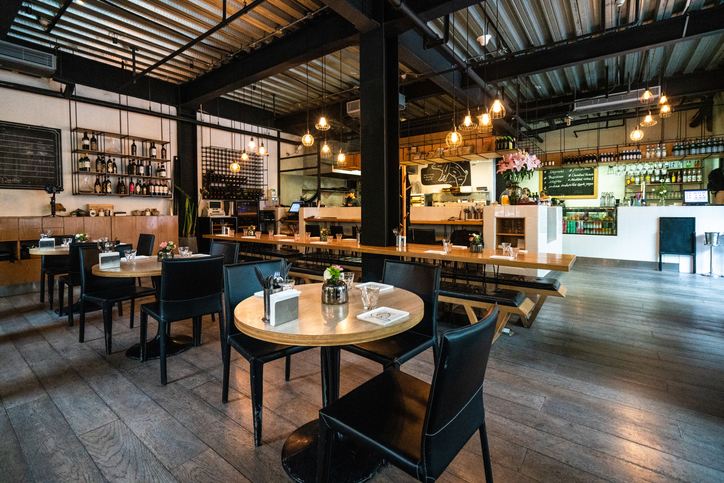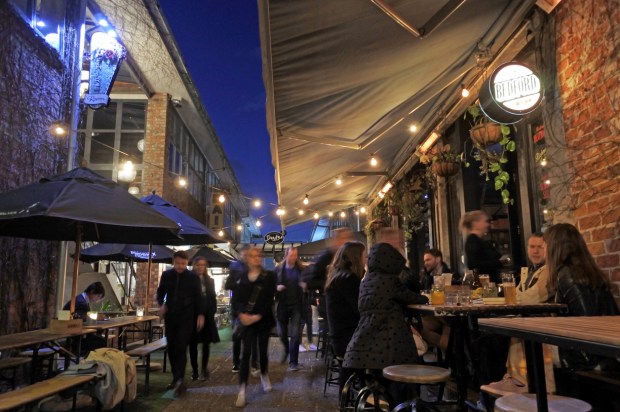Sitting at a funky, humming little tapas restaurant in a backstreet Parnell commercial area on Saturday night, I dallied over the menu. It all looked delicious and I marveled at the way the wait staff and kitchen hummed.
The long table that could sit 15 beside me was reserved and empty, awaiting its booked customers. This is a 40 seat small restaurant that had invested in an expansion over Christmas and then after build delays, postponed reopening until late February, only to close completely just three weeks later to endure the long financial constriction of the COVID-19 shut down.
Re opening was a big deal – and a minor miracle given the expenditure on the fit out. It also transpires this part of Parnell isn’t fully functional during the week yet as many of the local office workers have adapted to working from home, so lunchtime custom and quick after-work foot traffic have all but dried up.
So when I later learned that the booking for 15 for the long table just didn’t turn up or call to cancel I was cross. How thoughtless and rude can people be? The little restaurant has a group of regulars who had been turned away due to the large booking and then had little to no opportunity to refill the seats, reduce staff numbers or recoup the evening’s loss.
The real cost of no-show diners on our struggling restaurant industry is the latest hurdle to overcome. So what do you do?
First, understand that this is a global problem. People are fickle in Sydney, London, New York, Eketahuna and Auckland.
Then take steps to reduce your exposure such as:
Establish and stick to an official Booking Policy – this should be visible on your web page or through the reservation app system you may be using.
Include details in your Booking Policy such as:
“We reserve the right to rebook the table if you are more than 15/20/30 minutes late without an explanatory courtesy call.”
and
“Reservations must be cancelled no later than 8/12/24 hours.”
Start taking deposits for restaurant bookings for groups over 5, 10 or 15 – depending on your capacity.
Introduce cancellation fees – ask for Credit Card details – many high end restaurants already do this – and explain the cancellation policy. People are more likely to cancel within the specified time frame if they face the prospect of a $50.00 – $75.00 per head cancellation fee!
Explain on your web page the cost of “no-shows” on your business.
Run a Waitlist for queuing or disappointed patrons who can be contacted quickly to see if they want to fill the no-show spaces.
In Sydney Australia, where hospitality options are not at Level 1 restaurateurs, who can only have 20 diners at a time, are taking to twitter and social media to shame no-showers’ lack of courtesy as shown below:
Hi Aimee “We thank you for making a booking at XXXXXX for four people. Right now that is 40% of our entire capacity,” the post read.
“The thing is Aimee, you didn’t show up for your booking. You didn’t have the common courtesy to call us up and cancel.
“We had people on a waiting list who would have been happy to take your reservation.
‘You didn’t have the common courtesy to call us up and cancel.’
“Maybe you have no idea the financial impact this has on a restaurant right now. Maybe you don’t care.
At this point, you can only imagine Aimee is feeling pretty average about her Saturday night bail.
But here’s where it gets really savage.
“You have single -handedly set the worst of precedent for our entire industry at this most difficult time,” the post continues.
“Furthermore you have put us in the position of having to now ask other bookings to pay a deposit when booking. Something we really wanted to avoid having to do.
“Aimee, there is a special place for you to burn in hospo hell.”
Food for thought?!








